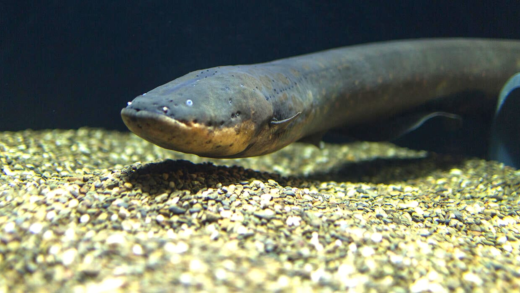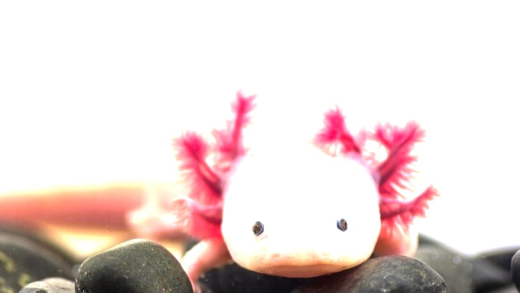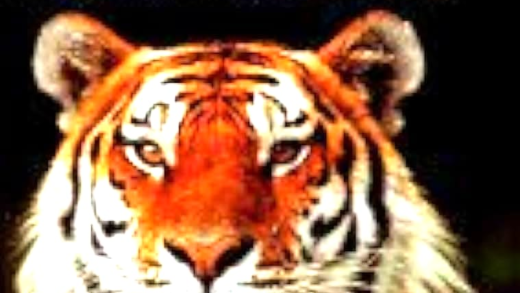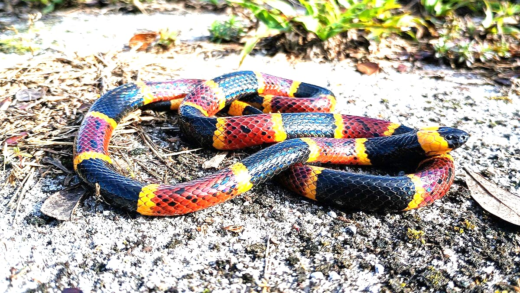The strongest animal bite force is held by the saltwater crocodile at 3,700 psi. Bite force is measured using specialized tools like transducers and strain gauges. Various animals, such as the great white shark and jaguar, showcase impressive bite forces, influenced by anatomy and environment. Surprisingly, some lesser-known species also have strong bites. The average human bite force is only 162 psi, emphasizing the power of these animals. Understanding bite force is crucial for survival, impacting feeding and defense. Over time, species adapt, altering bite strength based on environmental changes. Fascinating facts about animal bites reveal unique adaptations and behaviors. Scientific methods help accurately measure and compare bite forces across species.
The Strongest Animal Bite Force
The strongest animal bite force is a remarkable measure of power in the animal kingdom. The title is held by the saltwater crocodile, with a staggering bite force of around 3,700 pounds per square inch (psi). This extraordinary strength allows it to crush bones and tackle prey much larger than itself, showcasing nature’s incredible engineering.
To put this in perspective, the bite force of a lion is approximately 1,000 psi, while a great white shark can reach about 1,200 psi. These numbers highlight just how formidable the saltwater crocodile truly is. Understanding these figures not only fascinates wildlife enthusiasts but also sheds light on the evolutionary adaptations that have enabled such creatures to thrive in their environments.
Measuring Bite Force
How scientists measure bite force in animals is an intriguing area of study. Accurate measurement typically involves specialized equipment called bite force transducers. These devices can be placed in the animal’s mouth, capturing the force exerted during biting.
Another method used is the strain gauge, which measures the deformation of an object under stress. Researchers often utilize these techniques during controlled feeding experiments, ensuring the safety of both the animal and the researchers. By gathering this data, scientists can better understand the biological and ecological implications of bite force in various species.
Top Contenders for Strongest Bite
Several animals are in the running for the title of strongest bite. Here’s a list of some of the top contenders:
- Saltwater Crocodile: 3,700 psi
- Great White Shark: 1,200 psi
- Hippopotamus: 1,800 psi
- Jaguar: 1,500 psi
- Lion: 1,000 psi
These comparisons illustrate the diverse adaptations animals have developed for survival. For instance, the jaguar’s powerful bite allows it to pierce through the shells of armored reptiles, showcasing its unique hunting strategy.
Surprising Bite Forces
While many associate powerful bites with large predators, some lesser-known animals possess surprisingly strong bite forces. For example, the American alligator can exert a force of about 2,125 psi. Meanwhile, the hyena, often underestimated, boasts a bite force of 1,100 psi, allowing it to crush bones with ease.
Another surprising contender is the crocodile monitor lizard, which can exert a bite force of around 1,500 psi. These examples challenge the common perceptions of strength and highlight the diversity of the animal kingdom.
Factors Influencing Bite Strength
The strongest animal bite force can vary widely due to several factors. Anatomical structure plays a crucial role in determining an animal’s bite power. For instance, the jaw muscles, size, and shape of the skull all influence how forcefully an animal can bite. The arrangement of teeth also matters; sharper and more robust teeth can grip and penetrate prey more effectively.
Environmental factors contribute as well. Animals that inhabit areas with hard-shelled prey tend to develop stronger bites to crack open shells. For example, the jaguar has adapted to crush the shells of armored reptiles, showcasing the relationship between habitat and bite strength. Additionally, the availability of food resources can drive evolutionary changes in bite force, as competition for food might favor individuals with more powerful bites.
Bite Force vs. Humans
When comparing animal bite force to human strength, the differences are striking. The average human bite force is about 162 psi, which pales in comparison to many animals. For instance, the hippopotamus, with a bite force of 1,800 psi, can easily crush bones, while the saltwater crocodile’s jaw pressure exceeds 3,700 psi, making it the strongest.
This disparity highlights the evolutionary advantages that certain animals have developed. Humans, lacking the extreme bite force of these creatures, rely more on tools and intelligence for survival. In contrast, animals with powerful bites depend on their physical capabilities to hunt and defend themselves. Understanding this comparison can help us appreciate the diversity of adaptations in the animal kingdom.
The Role of Bite Force in Survival
Bite force plays a vital role in survival within the wild. It is essential for feeding, allowing predators to capture and consume prey effectively. A strong bite can mean the difference between life and death, as it enables animals to tackle larger or more dangerous prey. For example, the great white shark uses its powerful bite to secure its position at the top of the food chain.
Moreover, bite force is crucial for defense mechanisms. Animals with powerful bites can deter threats, whether from predators or rivals. The ability to inflict serious damage can protect an animal’s territory and increase its chances of survival. Ultimately, the evolution of bite force reflects the ongoing struggle for survival in the wild, showcasing the intricate balance of predator and prey dynamics.
Evolution of Bite Force
The strongest animal bite force can evolve over time, influenced by environmental changes and species adaptation. Factors like habitat, food availability, and competition significantly impact how bite strength develops. For instance, animals that face tougher prey often exhibit stronger bites, as they need the physical capability to overcome these challenges.
Take the example of the jaguar, which has evolved to develop one of the strongest bites relative to its size. Living in habitats where it preys on armored reptiles requires this adaptation. Similarly, species that shift to new environments may see changes in their bite force as they adapt to different prey types or competition levels. Evolution is not static; it’s a continual response to the pressures of survival.
Interesting Facts About Animal Bites
Animal bites are not just about strength; they come with fascinating quirks. For instance, did you know that the platypus has no teeth but uses its bill to grind food? Or that the piranha, known for its sharp teeth, can bite with a force equivalent to its body weight? Such facts illustrate the diversity of adaptations across species.
Furthermore, the bite force of animals often correlates with their role in the ecosystem. For example, the great white shark uses its powerful bite to maintain its position as a top predator. Interestingly, the bite force can also vary based on the animal’s mood or situation. Stress or excitement can lead to variations in bite strength, a fascinating aspect for scientists studying animal behavior.
Scientific Measurement Techniques
Scientists employ a variety of methods to determine the strongest animal bite. One common technique involves using bite force transducers, which are specially designed tools that measure the pressure exerted during a bite. These devices can be safely placed in an animal’s mouth during feeding experiments to gather data.
Another method involves using strain gauges, which can measure the deformation of materials under pressure. These scientific approaches allow researchers to analyze the bite forces of different species and understand the anatomical and ecological implications of their findings. This meticulous research helps to shed light on the evolutionary adaptations of animals and their survival strategies in the wild.





Comments are closed.